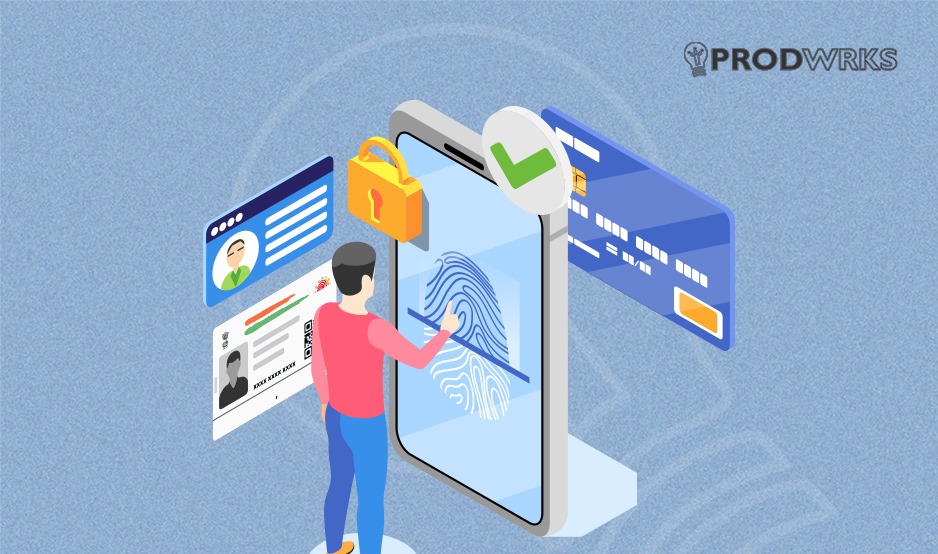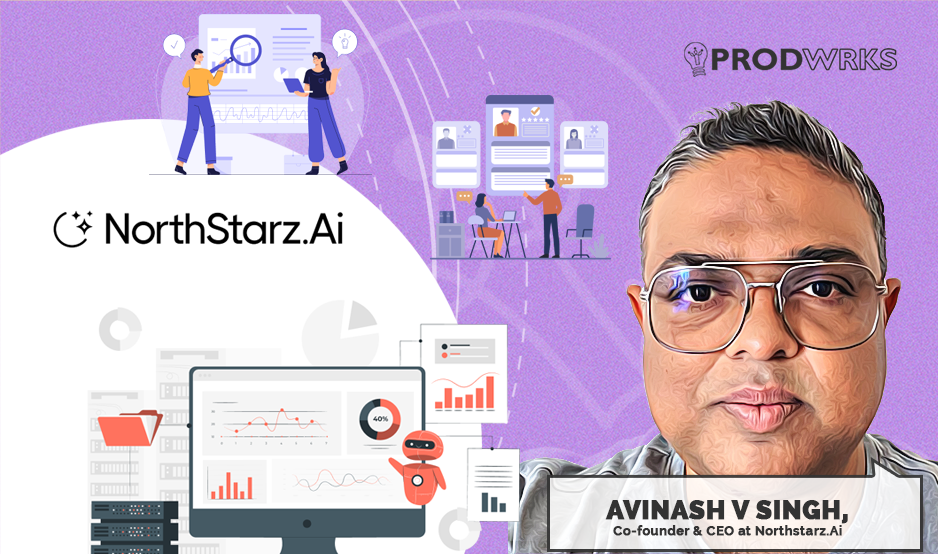
I
n today’s vast digital landscape, where information flows ceaselessly, the challenges of maintaining secure identities have never been more pressing. The falsification of identities, forged signatures, and the ever-increasing threat of phishing attacks create a constant battleground for both individuals and organizations.
These challenges gave rise to completely secure eKYC processes, leaving zero margins for the commission of counterfeiting offenses and related crimes. From the simple act of opening a bank account to complex financial endeavors such as investing and borrowing loans, the availability of eKYC online has revolutionized the way we access digital financial products and services.
What is eKYC?
eKYC stands for Electronic Know Your Customer. It is a beacon of innovation, a remote and paperless process meticulously designed to minimize the costs and bureaucratic hassles traditionally associated with KYC procedures. KYC, or Know Your Customer, is a vital process mandated by the Reserve Bank of India (RBI) for financial institutions. It involves verifying and authenticating a customer’s personal data, ensuring security and trust in every transaction.
In the realm of eKYC, the Unique Identification Authority of India (UIDAI) emerged as the trailblazer, introducing the groundbreaking Aadhaar Paperless e-KYC system. This innovative approach allows Aadhaar number holders to voluntarily establish their identity across various applications, all in a seamless, paperless, and electronic fashion. What makes this system truly remarkable is its commitment to privacy, security, and inclusion.
Aadhaar-based Verification
At the core of eKYC is an Aadhaar-based verification process. Every citizen’s Aadhaar details, securely stored in the Unique Identification Authority of India (UIDAI) database is vital for digital transformation. This process is mandatory for anyone seeking services from a financial institution. It enables electronic verification, wherein service providers seamlessly access your Aadhaar information, instantly validating your identity and address.
The beauty of eKYC lies in its complete departure from the physical paperwork. There are no forms to fill and no documents to submit. Instead, the process unfolds digitally, where algorithms and biometric verifications ensure every transaction is secure and foolproof.
eKYC’s digital prowess doesn’t just stop at efficiency, it extends to safety as well. Backed by robust biometric and OTP verification methods, eKYC provides an unparalleled level of security.
Types of Aadhaar e-KYC
Within the system of Aadhaar-based e-KYC, two distinct types emerge, each designed to cater to different needs and preferences.
1. Using Biometrics:
The first method involves the utilization of biometrics. To initiate this process, you simply provide your 12-digit Aadhaar number along with your biometric data, which could be in the form of fingerprints or an iris scan.
This method is particularly crucial for individuals interested in investments, as the relevant authority in the fund house will leverage this information to complete the verification process. By combining the uniqueness of your Aadhaar number with the precision of biometric data, this method ensures airtight verification, safeguarding your identity and transactions.
2. Using OTP:
The second method revolves around the concept of One-Time Passwords (OTPs). In this case, you need to provide your Aadhaar number. Subsequently, an OTP is generated and sent to your registered mobile phone. This OTP acts as a digital key, effortlessly unlocking the transaction process.
With a few taps on your phone, the entire verification process is completed. This method not only exemplifies efficiency but also adds an extra layer of security, as the OTP is unique to each transaction, reducing the risk of unauthorized access.
However, the process, especially in its online form, is not without its challenges. For various agencies and individuals, online e-KYC might not always be the most suitable or feasible option. Here are the challenges that limit the widespread adoption of this method.
- The requirement for reliable internet connectivity
- The technical infrastructure required to facilitate online e-KYC. Agencies seeking to implement this method must invest in the necessary technology.
- The need to provide biometric data, often in the form of fingerprints or facial recognition, can be perceived as invasive by some individuals.
- The UIDAI maintains a meticulous record of all KYC requests made through online channels. While this practice is essential for audit purposes and ensuring accountability, it adds another layer of complexity. Managing and securely storing these records in compliance with data protection regulations necessitates significant effort and resources.
The Significance of eKYC
- Selective Verification
One of the standout features of eKYC is its exclusivity. Not just anyone can delve into your personal information. Instead, eKYC empowers authorized organizations and agents, carefully chosen and monitored by UIDAI, to carry out the verification process. This stringent control ensures that your sensitive data remains in the hands of trustworthy entities, eliminating the risk of misuse or falling into the clutches of individuals with malicious intent. - The Biometric Barrier
eKYC doesn’t stop at mere digitized verification; it goes a step further with biometric verification. Biometric data, unique to every individual, adds an unparalleled layer of security. Fingerprints and facial recognition, intricately woven into the eKYC process, create a biometric barrier that deters even the most sophisticated fraudulent attempts. - Combating Identity Theft and Financial Fraud
Identity theft and financial fraud have unfortunately become all too common in the digital age. Here, eKYC emerges as a powerful ally. By strictly regulating who can access your personal information and incorporating biometric verification, eKYC acts as a formidable deterrent against these malicious activities.
APIs for eKYC verification:
As mentioned in the previous section, eKYC is selective verification. Hence businesses have to request UIDAI through APIs for KYC verification of customers.
Here are the benefits of using APIs for eKYC verification:
1. Automation:
One of the standout advantages of APIs is their ability to automate the eKYC process. This automation not only saves valuable time but also cuts down on costs. By eliminating manual tasks, businesses can focus their resources on more critical aspects of their operations.
2. Efficiency:
APIs streamline the eKYC process, making it remarkably efficient. Instead of navigating through layers of paperwork and tedious procedures, businesses can rely on APIs to simplify the steps involved. This efficiency speeds up the verification process and enhances overall productivity.
3. Security:
APIs are designed with security in mind. They enable the secure transmission of sensitive data, including personal identification information. By leveraging APIs, businesses can maintain the confidentiality and integrity of customer data, ensuring a trustworthy and secure eKYC verification process.
4. Scalability:
Regardless of the size of the business, APIs can be scaled to meet specific needs. Whether it’s a small startup or a large enterprise, APIs offer a flexible solution that adapts to the requirements of businesses of all sizes. This scalability ensures that businesses can grow and expand without worrying about outgrowing their verification systems.
Offline e-KYC
The following offline methods can be used to verify the identity of the customer:
1. QR Code Scan:
Service providers can scan the QR code present on your Aadhaar card using a smartphone. This action grants them access to your demographic information without delving into UIDAI’s Aadhaar database.
2. Aadhaar App:
Service providers can utilize this app to access essential demographic data, ensuring a seamless verification process. The simplicity of this method makes it accessible for both customers and service providers alike.
3. Paperless Offline KYC:
This method eliminates the need for physical documents. Customers can download the KYC XML from UIDAI’s web portal, sparing them from the hassle of providing a photocopy of their Aadhaar card. Unlike traditional methods, this process doesn’t necessitate revealing your Aadhaar number; instead, a reference ID is shared, enhancing privacy. Additionally, biometric verification is not required.
What's in this for businesses?
eKYC can help businesses improve the efficiency of their KYC processes by automating the verification of customer identity and address. This can lead to faster onboarding times for new customers and reduced processing times for transactions.
It can help businesses reduce the risk of fraud by verifying the identity of customers using secure biometric authentication methods. This can help to prevent fraudulent transactions and protect businesses from financial losses.
In addition to these general benefits, eKYC can also offer specific benefits to businesses in certain industries. For example, financial institutions can use eKYC to reduce the risk of money laundering and terrorist financing. Telecom providers can use eKYC to prevent SIM card fraud. And government agencies can use eKYC to improve the efficiency of their public service delivery programs.
Overall, eKYC is a valuable tool for businesses of all sizes. It can help businesses reduce costs, improve efficiency, reduce fraud risk, and improve the customer experience.



